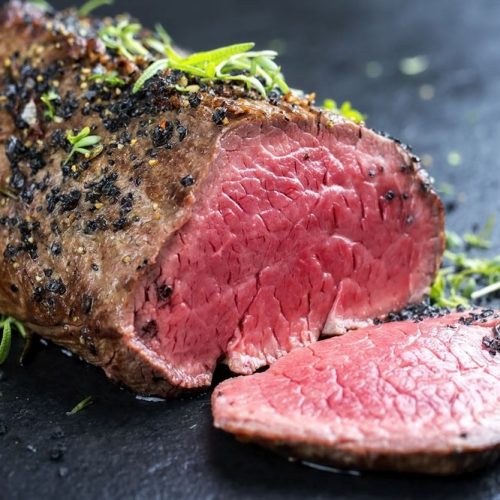Llama meat is popular and often eaten in Bolivia, Peru, and other Andean countries. It is a meat that is very low in cholesterol and high in protein.
Traditionally, llama meat is eaten as an alternative to beef in many dishes. These dishes include tamales, kebabs, tacos and more.
Overview of Llama Meat as a Food Source
Llama meat is a delicious protein-packed source of nutrition. It’s a tasty alternative to lamb and beef.
It is low in fat and cholesterol and high in protein. It is also free of gluten and lactose.
People in South America consume llama meat in several forms such as strips, shoulder roll, ground, sausages and stew cubes. They also eat the kidneys, tongue, liver and spleen.
Llamas are herbivores that primarily feed on a variety of mountain plants, fruits, grains, seeds, nuts, tubers and plant fluids. They also regurgitate their cuds to facilitate digestion.
Culinary Uses and Traditional Dishes
Llama meat can be used in a variety of ways. It can be grilled, stewed, or barbecued to add flavor and texture to meals.
It also can be made into kebabs or burgers, as well as sausages in some countries. This type of meat is also a great source of protein and iron, making it an excellent option for those looking for a healthier alternative to beef or lamb.
Llama meat is a staple ingredient in many traditional dishes throughout Northern Argentina, such as cazuela de llama (llama stew), which is often served with colorful andean potatoes called papas andinas. It is a comforting dish that is eaten with rice and served hot.
Availability and Market Trends
Llama meat is gaining popularity, both in the US and South America. In Bolivia, for example, llama meat is increasingly being served in high-end restaurants and sold in supermarkets as an alternative to beef.
While the availability of llama meat in the US is not widespread, it is available from some local llama breeders and specialty retailers. However, the USDA does not regulate llama meat, so it is important to purchase llama meat from a licensed farmer and handle it correctly.
Despite its potential, llama farms in the US are experiencing economic challenges. Many investors have lost money in the past few years, and llama herds are also struggling with parasite and disease issues.
Health Benefits and Concerns
Llama meat is a nutritious food that contains essential nutrients and low amounts of fat and cholesterol. It is also high in protein and iron.
It is also a good source of vitamin B, niacin, and zinc. It is an excellent protein source for people with dietary restrictions.
In addition, llama meat is a good source of calcium and potassium. It is also a rich source of iodine and selenium.
Llama and alpaca meat have a high content of protein and minerals, including calcium, phosphorus, potassium, magnesium, copper, iron, and zinc. It is also a rich source of vitamins A, C, E, and K. It is a low-fat meat that is easy to digest.
Sustainability Issues
As a source of fiber, transport and meat, llamas are an important part of indigenous and local communities’ (IPLC) livelihoods in Andean biocultural landscapes. However, there are sustainability issues surrounding the harvesting and consumption of llama meat.
In addition to being tough and having a strong, unpleasant taste, llama meat is also highly susceptible to disease, so it is not recommended for human consumption. It is therefore better to opt for other types of meat, such as pork or beef.

